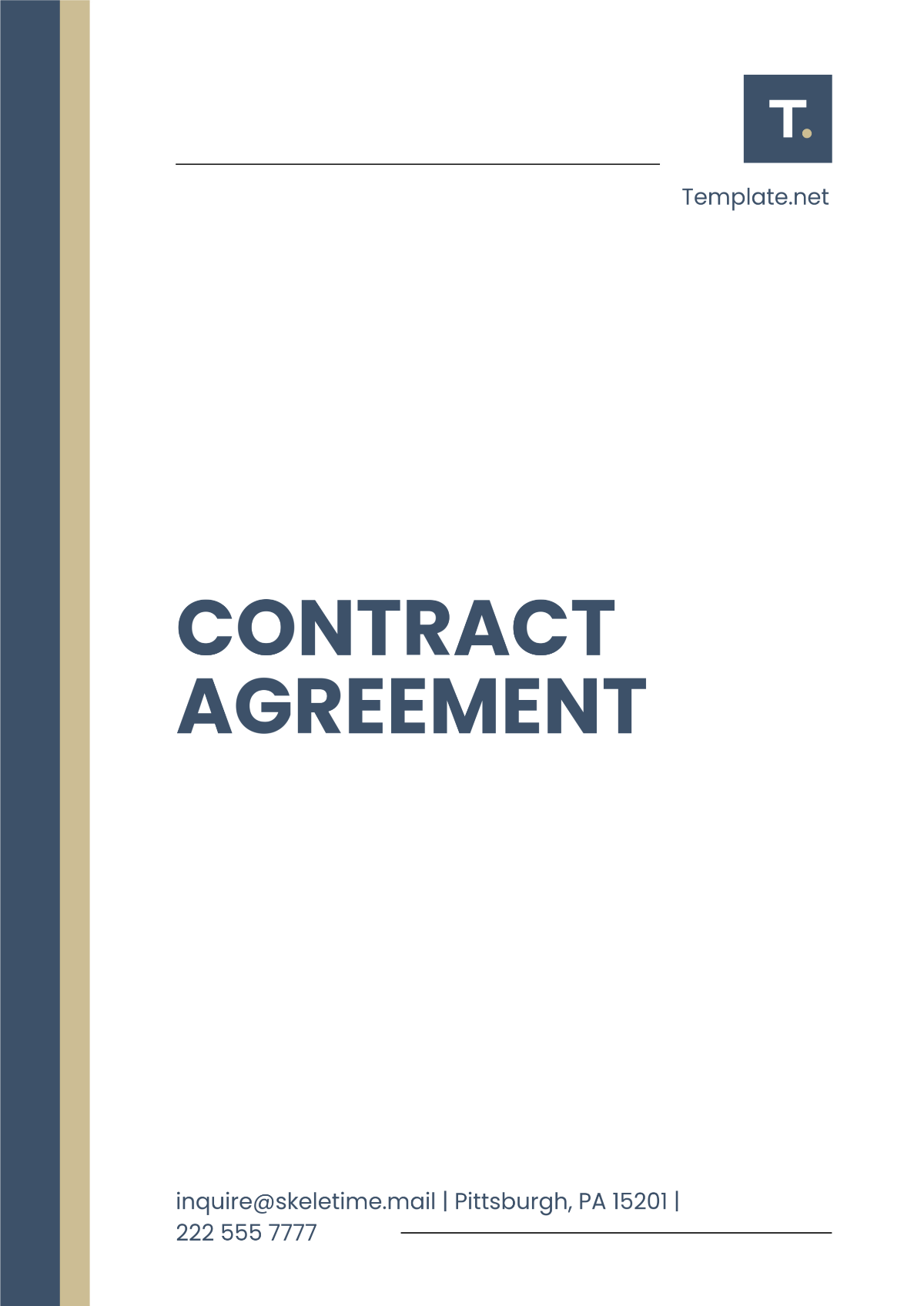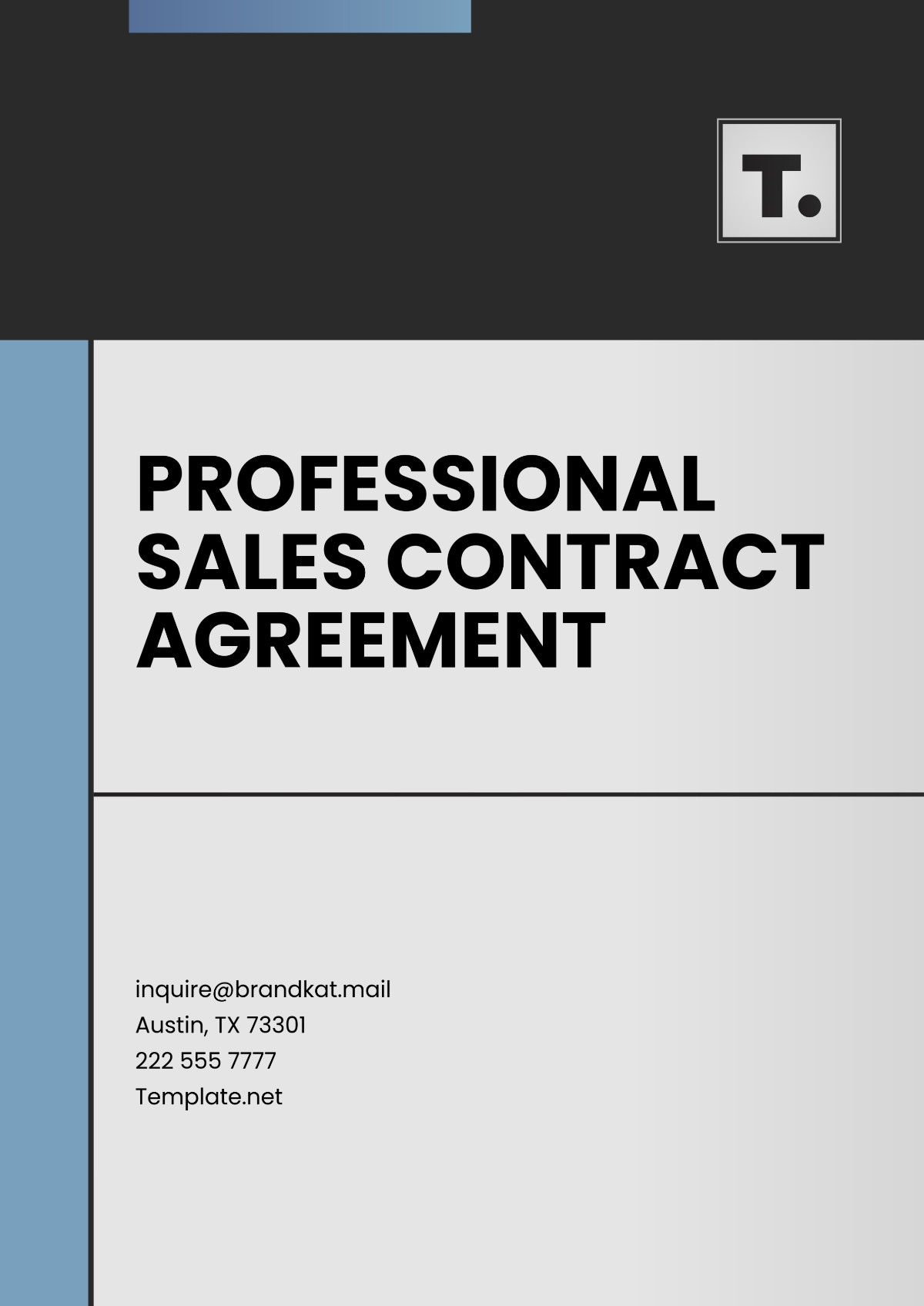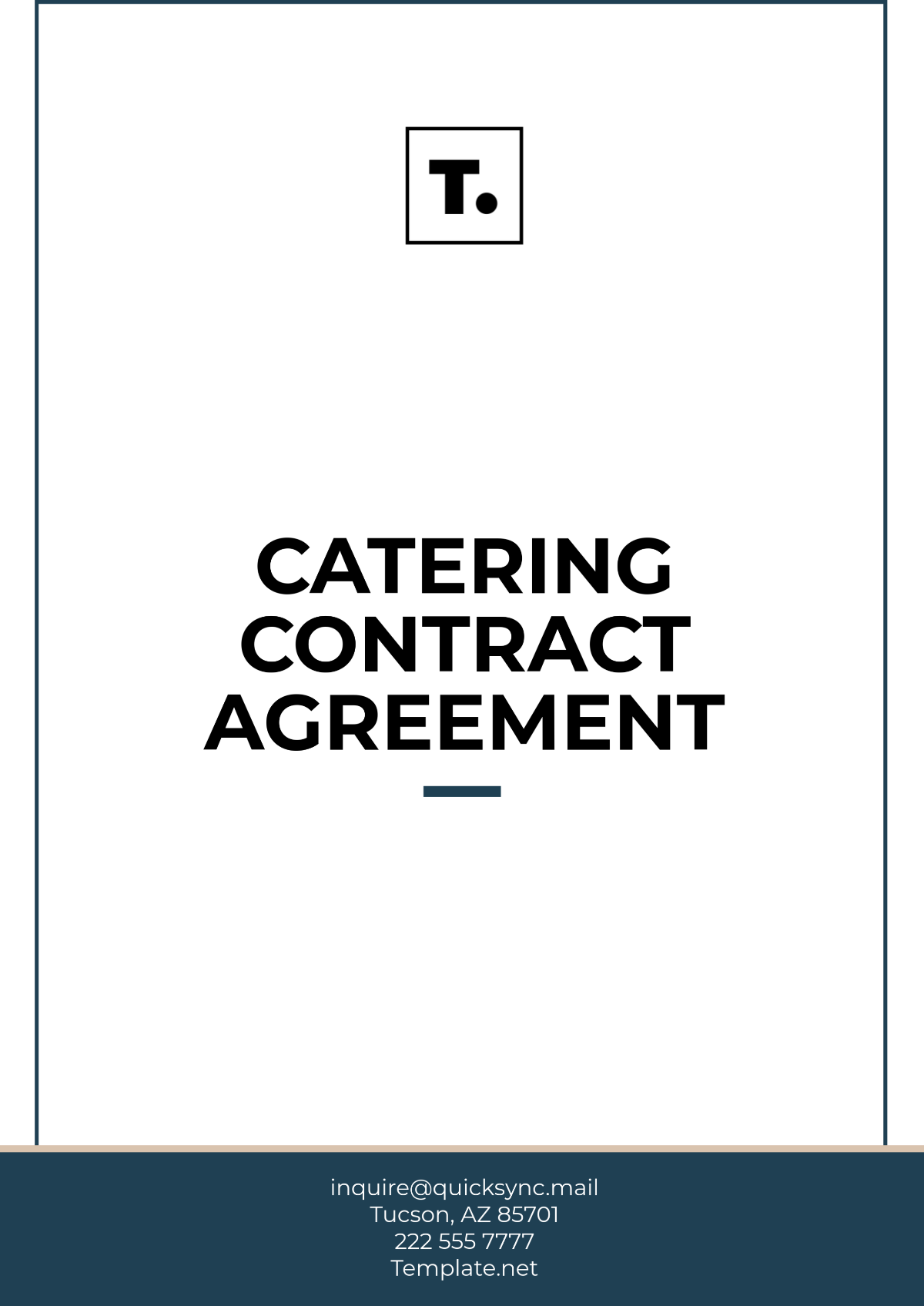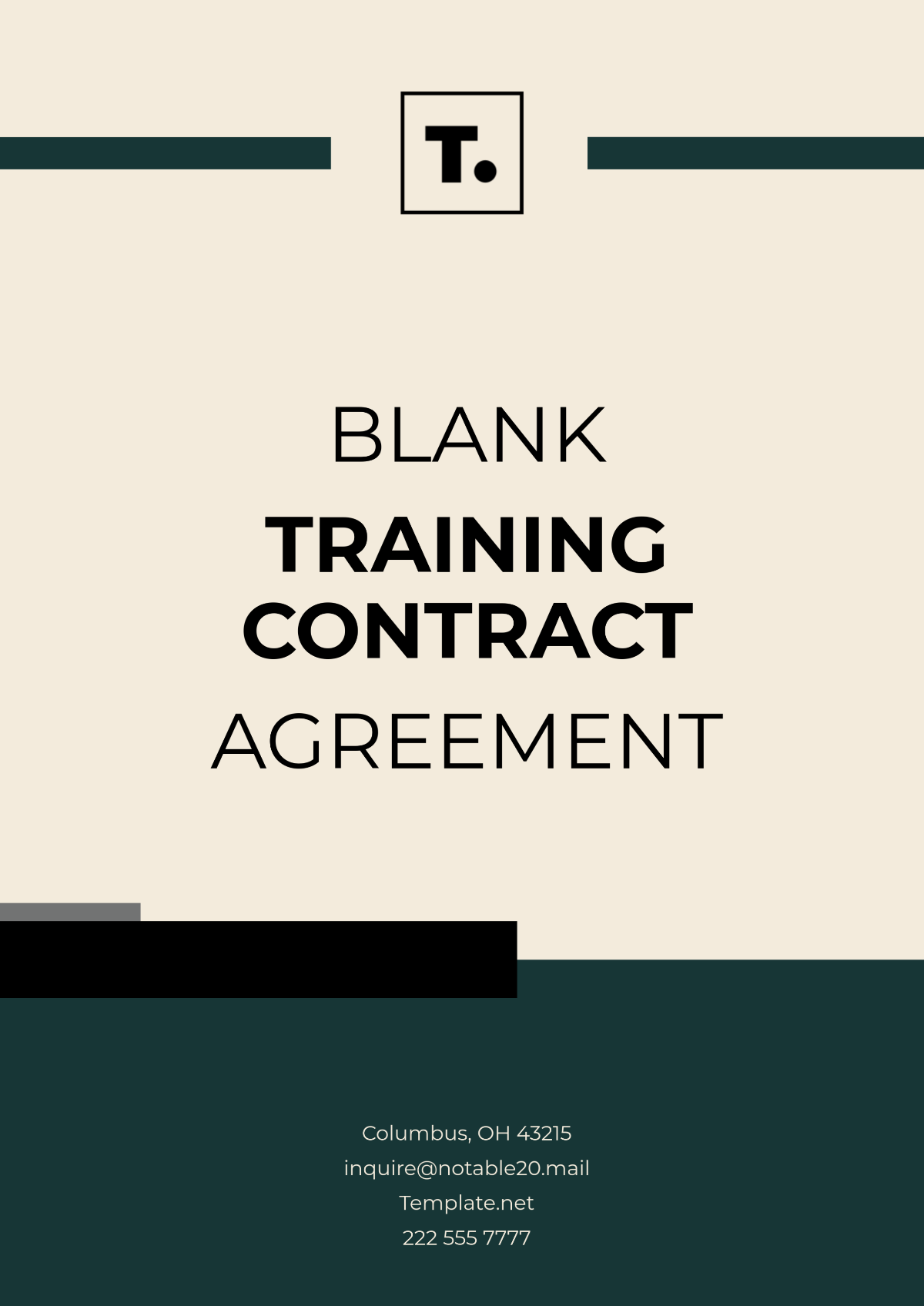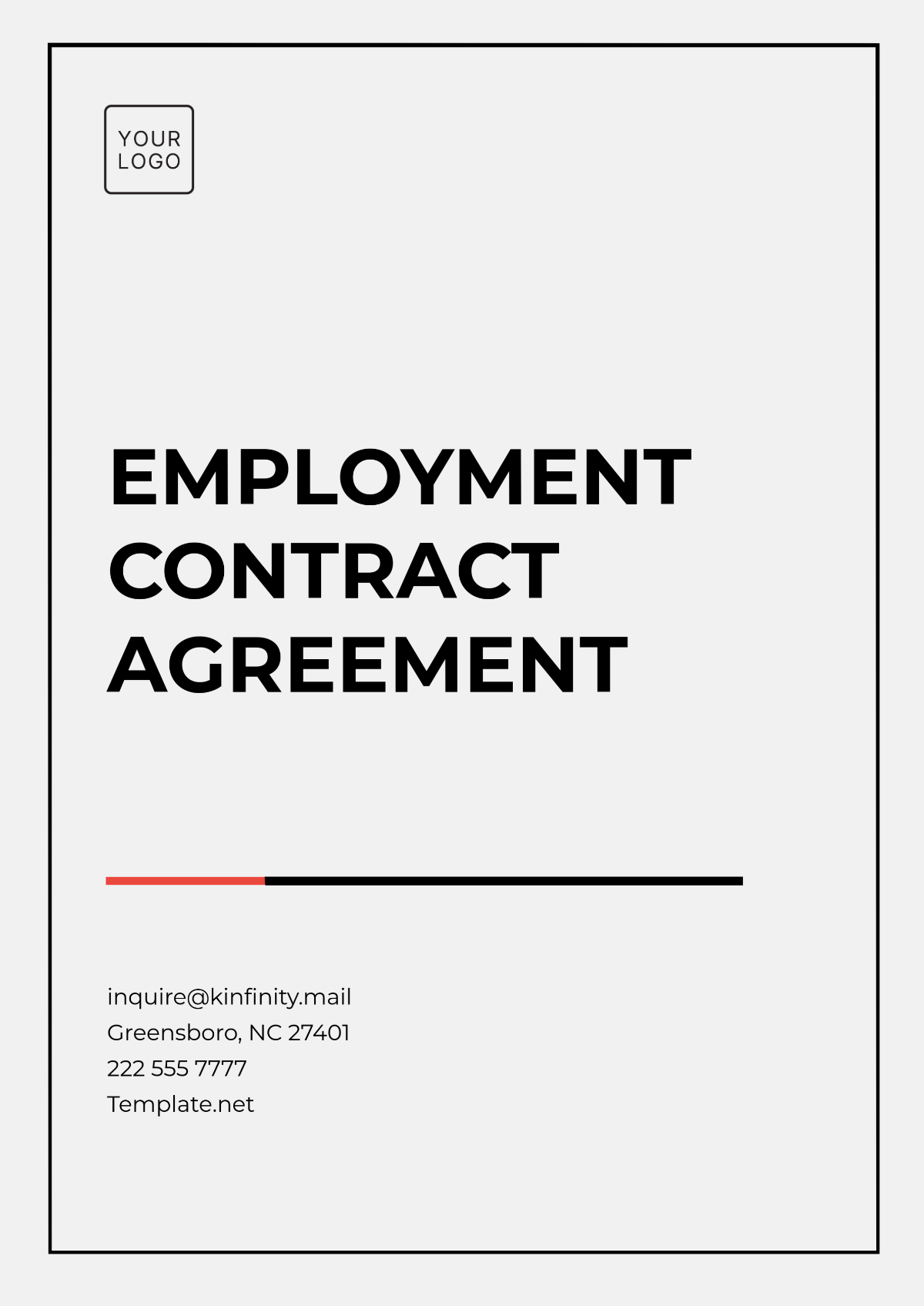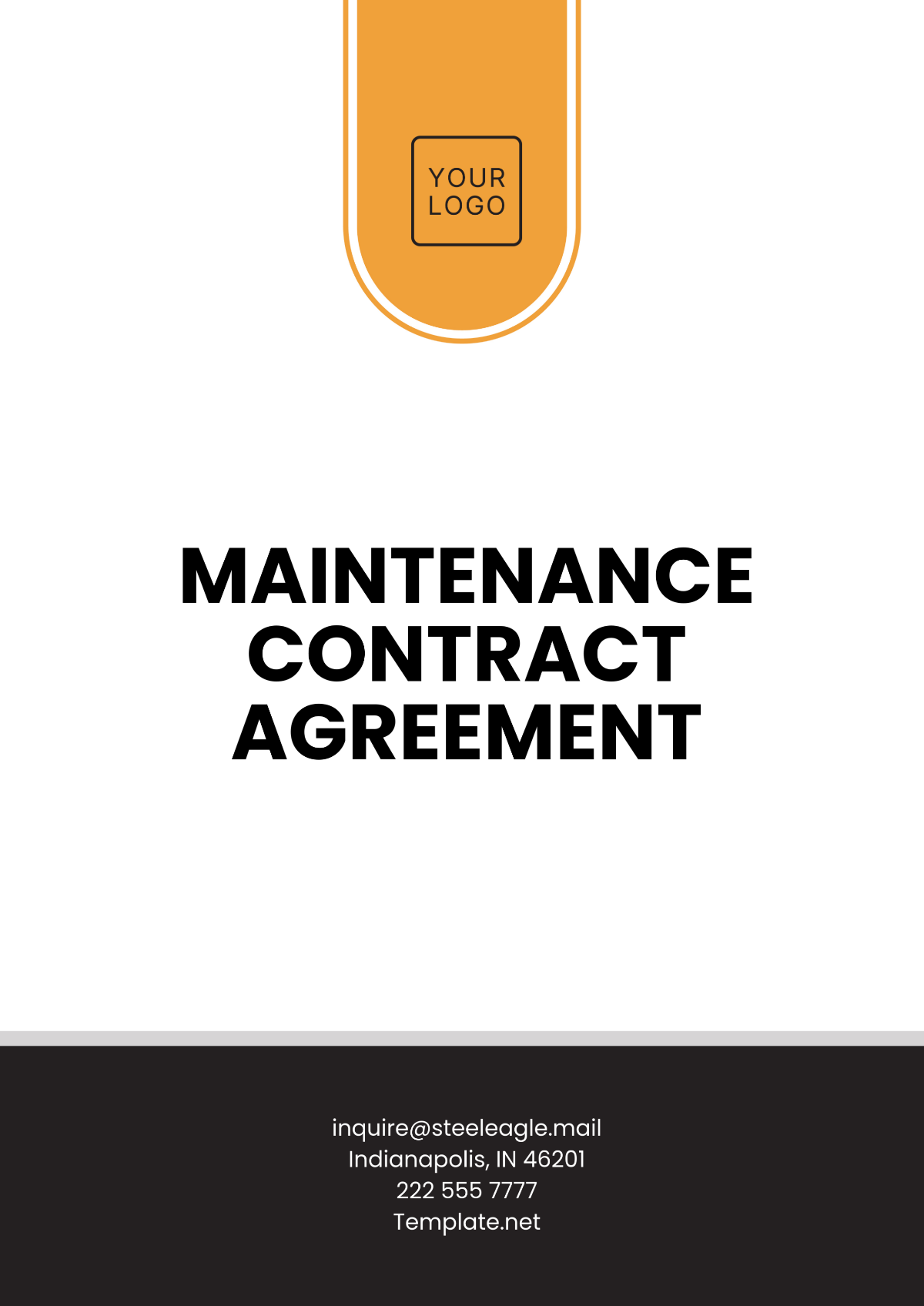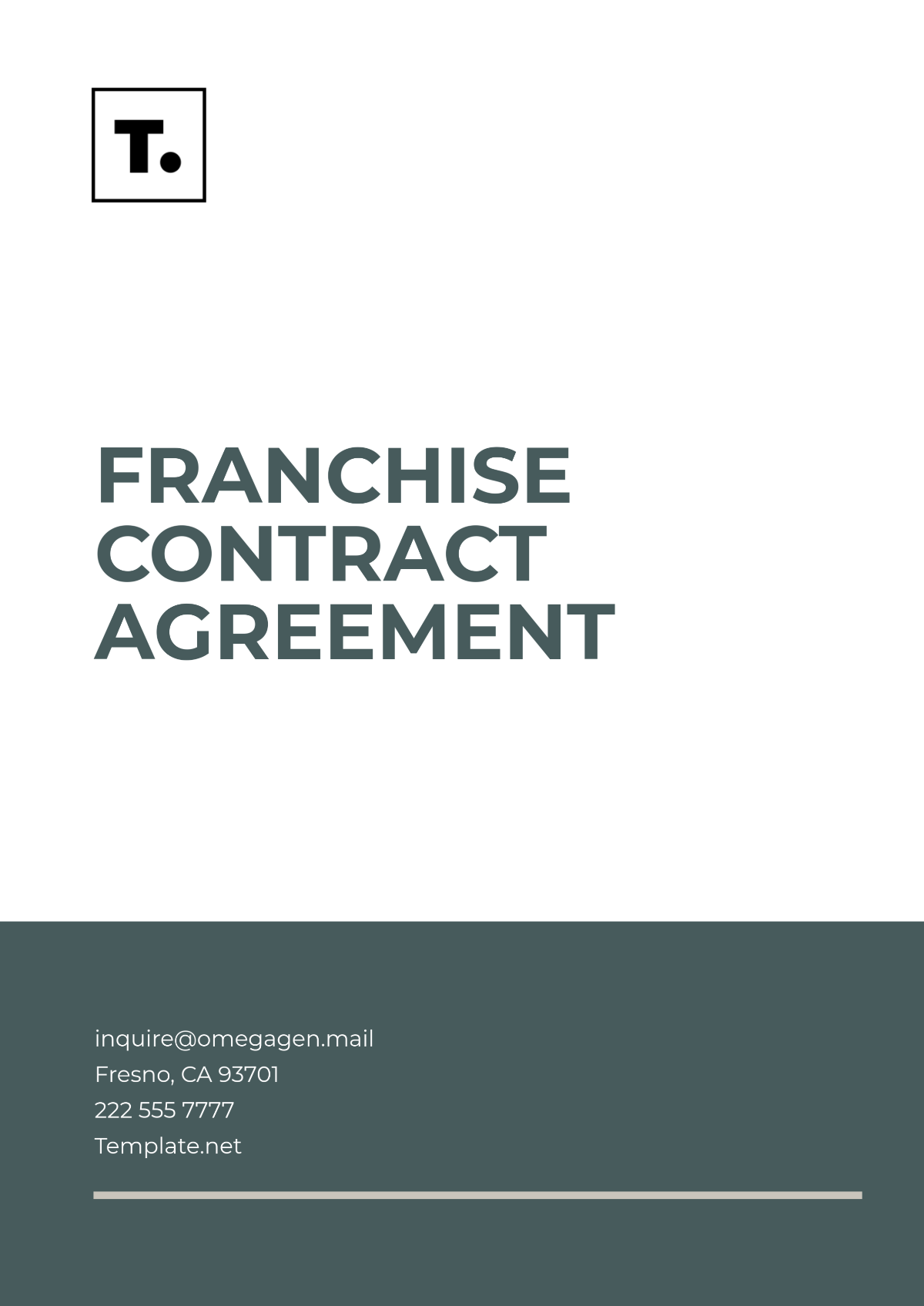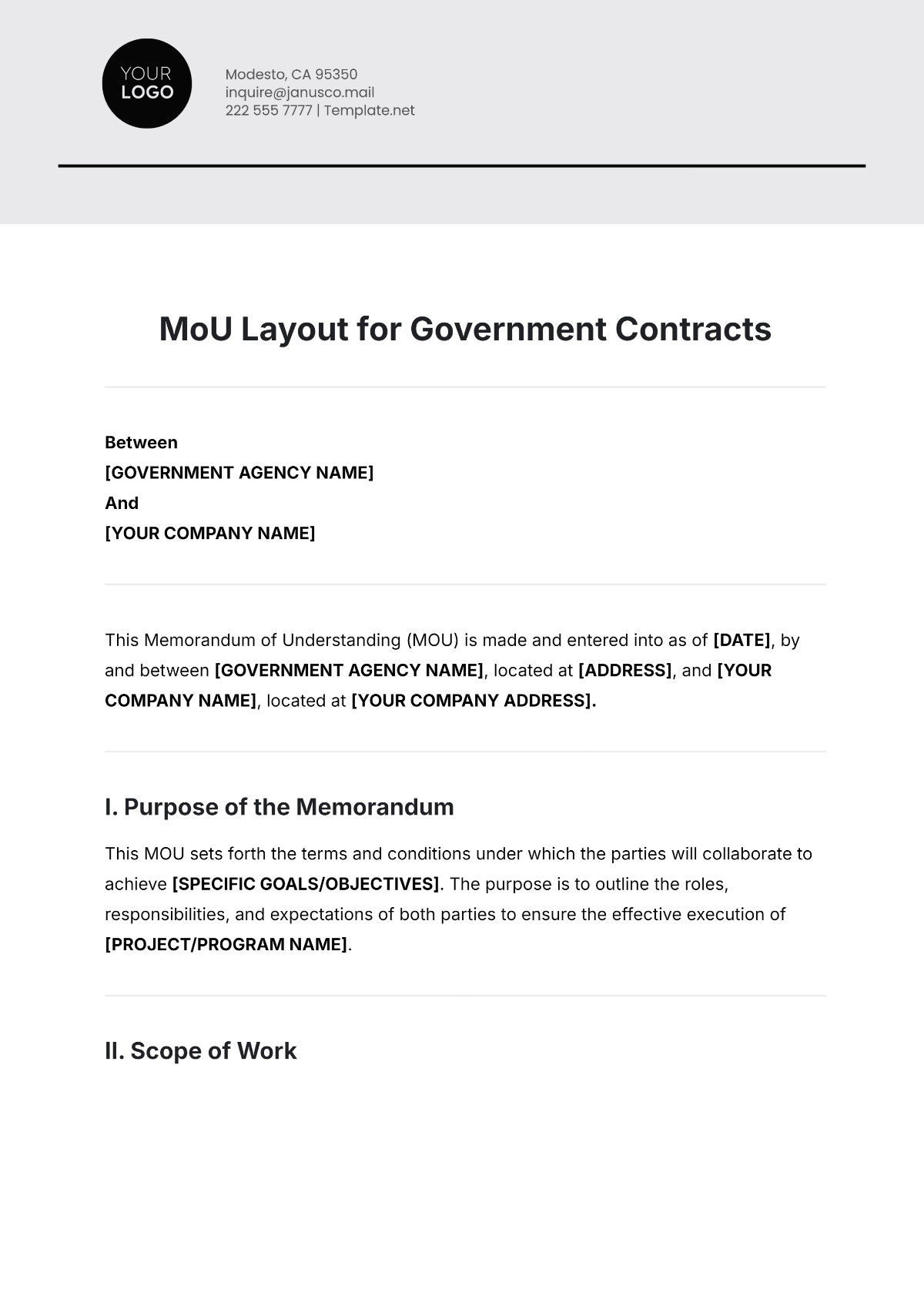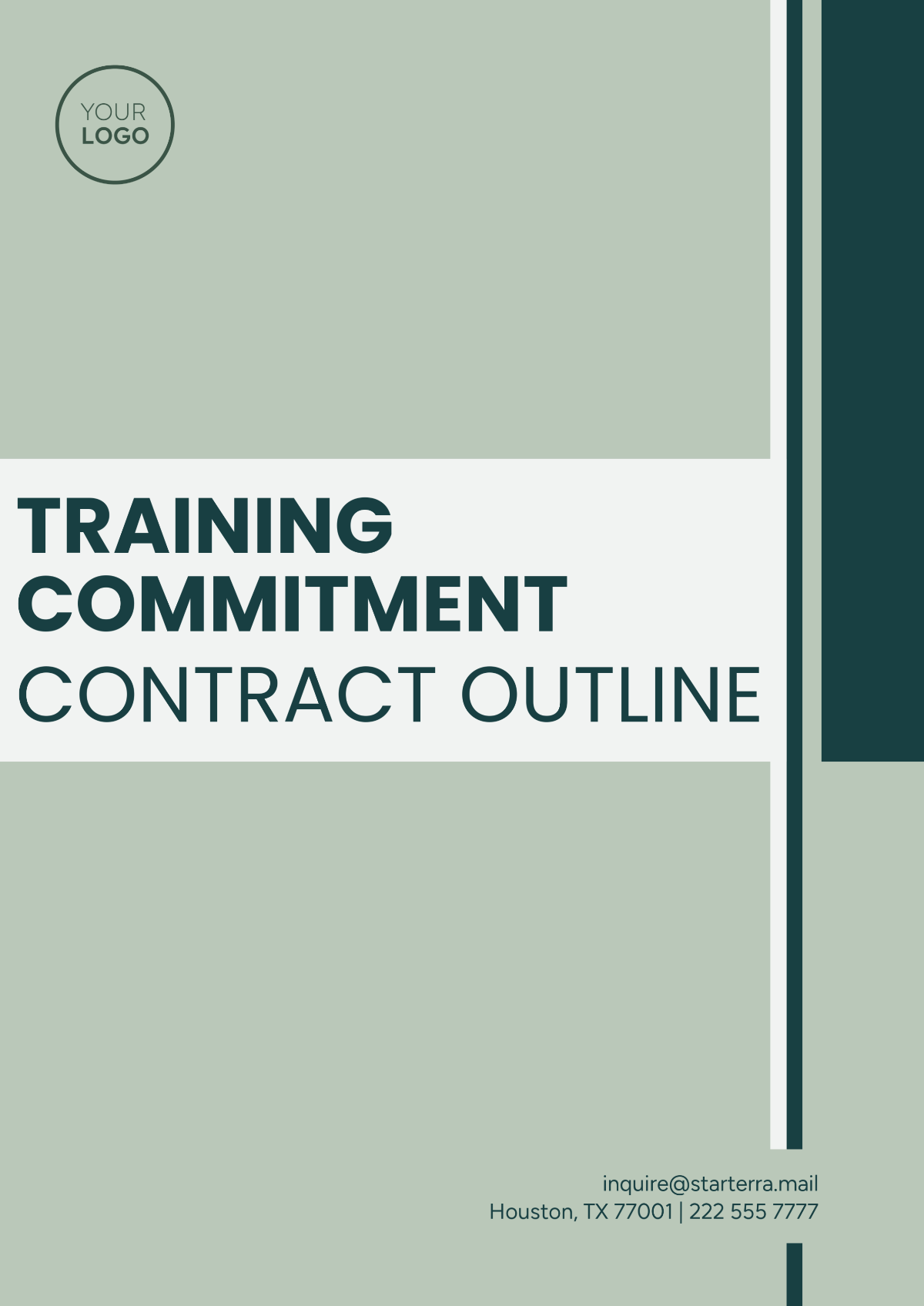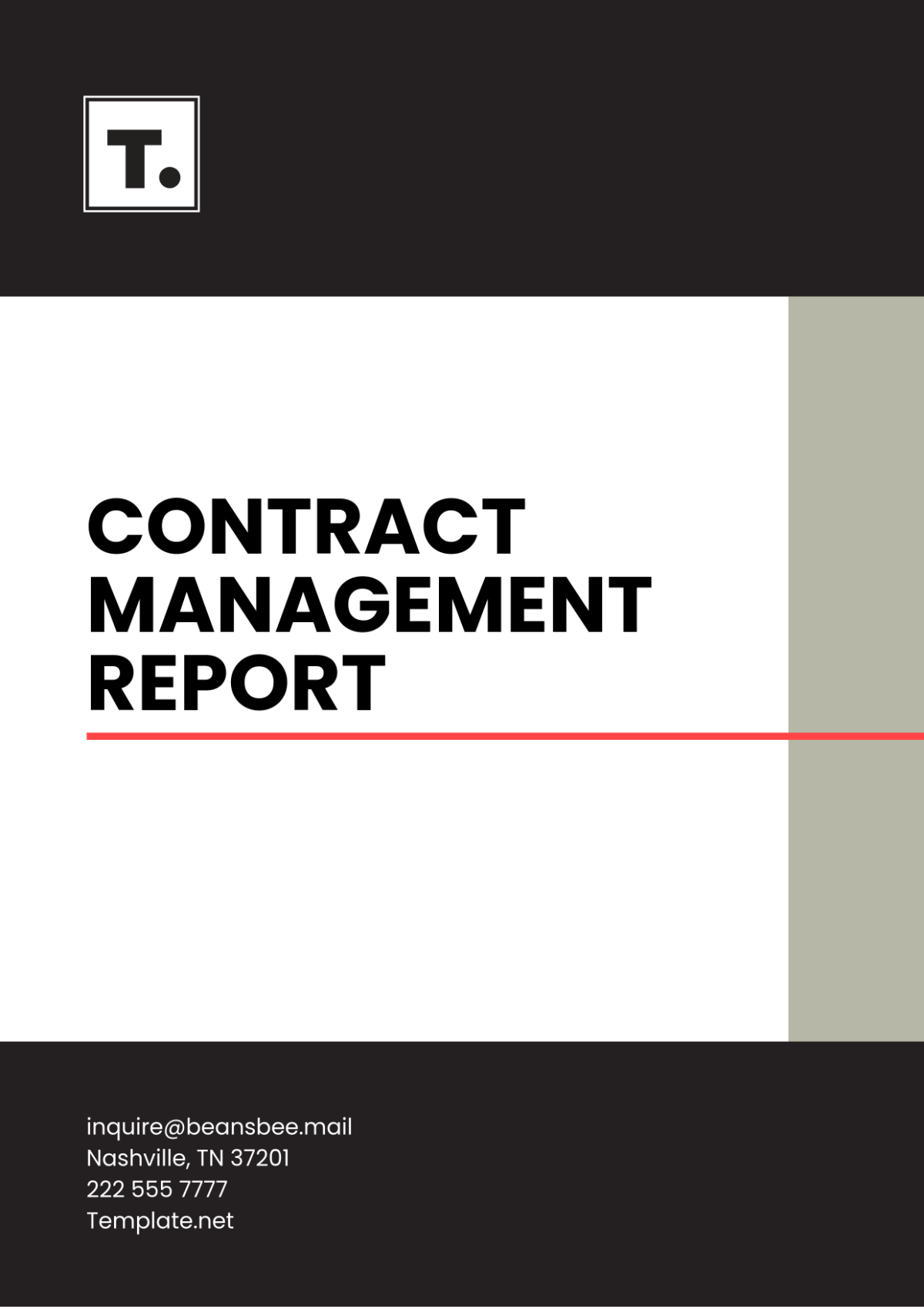Sales SWOT Analysis of Contractual Strengths & Weaknesses
I. Introduction
Welcome to the Sales SWOT Analysis of Contractual Strengths & Weaknesses for [Your Company Name]. In the dynamic landscape of the sales industry, assessing contractual strengths and weaknesses is paramount to our success. This analysis aims to provide a comprehensive evaluation of our existing contracts, shedding light on the factors that impact our sales department's ability to achieve its objectives.
Understanding our contractual landscape is crucial because it enables us to:
Identify opportunities for growth and market expansion.
Leverage our strengths to maximize revenue.
Address weaknesses that may hinder sales performance.
Mitigate risks and ensure legal compliance.
By examining these aspects, we can make informed decisions to drive our sales efforts effectively and align them with our company's strategic goals. Let's embark on this analysis to empower our sales team and enhance our overall performance.
II. Internal Strengths
In this section, we identify key internal strengths related to our contractual agreements and discuss how these strengths play a pivotal role in bolstering the success of our sales department. These strengths empower us to compete effectively, differentiate ourselves in the market, and ensure long-term stability and growth.
Internal Strengths | How These Strengths Contribute to Sales Success |
|---|---|
Favorable Contract Terms |
|
Exclusivity Clauses |
|
Long-Term Relationships |
|
These internal strengths bolster our sales department's success in several ways:
Enhanced Profitability: Favorable terms allow us to maintain healthy profit margins while offering competitive prices to clients, ensuring our financial sustainability.
Market Differentiation: Exclusivity clauses set us apart in the market, making it challenging for competitors to replicate our offerings, thereby increasing our market share.
Stability and Predictability: Long-term relationships provide a stable revenue foundation, reducing revenue fluctuations and allowing for better sales forecasting and resource allocation.
III. Internal Weaknesses
In this section, we identify internal weaknesses associated with our contractual agreements and explore how these vulnerabilities may potentially hinder the performance of our sales department. Recognizing and addressing these weaknesses is essential to ensure our sales operations remain efficient, reliable, and legally compliant.
External Opportunities | How These Opportunities Can Benefit Sales |
|---|---|
Market Expansion and Growth Prospects | New markets and segments offer untapped revenue potential. Expanding product lines or services can attract a wider customer base. |
Strategic Partnerships and Alliances |
|
Technological Advancements and Trends |
|
Regulatory Changes and Compliance Demands |
|
These external opportunities can significantly benefit our sales department:
Revenue Growth: Exploring new markets and products/services can unlock additional revenue streams, boosting sales figures.
Expanded Networks: Strategic partnerships and alliances expand our network, increasing access to potential clients and markets.
Competitive Edge: Embracing technological advancements and staying compliant with regulations positions us as an industry leader, attracting clients seeking innovative and compliant solutions.
IV. External Opportunities
In this section, we identify external threats that may impact our sales operations. Recognizing these challenges allows us to proactively address them, ensuring the resilience of our sales efforts.
External Opportunities | How These Opportunities Can Benefit Sales |
|---|---|
Market Expansion and Growth Prospects |
|
Strategic Partnerships and Alliances |
|
Technological Advancements and Trends |
|
Regulatory Changes and Compliance Demands |
|
These external opportunities can significantly benefit our sales department:
Revenue Growth: Exploring new markets and products/services can unlock additional revenue streams, boosting sales figures.
Expanded Networks: Strategic partnerships and alliances expand our network, increasing access to potential clients and markets.
Competitive Edge: Embracing technological advancements and staying compliant with regulations positions us as an industry leader, attracting clients seeking innovative and compliant solutions.
V. External Threats
In this section, we identify external threats that may impact our sales operations. Recognizing these challenges allows us to proactively address them, ensuring the resilience of our sales efforts.
External Threats | How these can affect the organization |
|---|---|
Economic Fluctuations | Economic downturns, inflation rates, and market volatility can significantly affect consumer purchasing power and investment decisions. These economic shifts can lead to decreased demand for our products and services, impacting our sales targets and overall financial stability. |
Competitive Pressure | The continuous emergence of new competitors, along with the innovative strategies adopted by existing market players, poses a constant threat to our market share. This competitive landscape necessitates continuous improvement in our offerings and sales tactics to maintain and grow our customer base. |
Regulatory Changes | Changes in laws and regulations, both at the domestic and international levels, can impact how we conduct business. New compliance requirements may necessitate adjustments in our sales strategies and operations, potentially leading to increased costs and reduced agility in the marketplace. |
Technological Advancements | Rapid advancements in technology can render our current products or services obsolete. Staying ahead of technological trends and integrating innovative solutions is essential to prevent loss of market relevance. |
Social and Cultural Shifts | Changes in consumer preferences, values, and behaviors can alter the demand for certain products or services. Understanding and adapting to these shifts is crucial for aligning our offerings with consumer expectations and sustaining sales performance. |
Natural Disasters and Global Pandemics | Events such as earthquakes, hurricanes, and pandemics like COVID-19 can disrupt supply chains, production, and market demand, significantly impacting sales operations across geographies. |
By acknowledging these external threats and incorporating strategic planning and risk management practices, we can enhance our preparedness and response capabilities. This proactive approach will not only protect our sales operations from adverse impacts but also position our organization to capitalize on emerging opportunities in the face of uncertainty.
VI. Contractual Performance Metrics
In this section, we outline key performance metrics and KPIs used to evaluate contractual performance. Understanding these metrics is essential for optimizing our contract management and ensuring client satisfaction.
Revenue Attainment: This KPI measures the percentage of contracted revenue achieved. It is tracked by comparing actual revenue generated against the contractual commitments, allowing us to gauge contract performance.
Customer Satisfaction: Assessing client feedback through surveys and reviews helps us measure the satisfaction level. Positive feedback indicates contract success, while negative feedback may signify areas for improvement.
Timeliness and Delivery: Timely completion of contractual obligations is crucial. Monitoring project or service delivery deadlines and comparing them to contractual timelines ensures compliance.
Quality Assurance: We track adherence to quality standards specified in contracts, ensuring the delivered products or services meet or exceed client expectations.
Compliance Score: This metric evaluates our adherence to contractual terms, including legal and regulatory requirements. It is tracked by regular audits and assessments.
Contract Renewal Rate: This KPI measures the percentage of contracts renewed after their initial term, indicating client satisfaction and contract success.
VII. Contractual Risks and Mitigation Strategies
Below are the strategies to ensure that we proactively address risks, minimize disruptions, and maintain strong relationships with our clients and partners.
Strategy | Details |
|---|---|
Non-Compliance | Risks associated with failing to meet contractual obligations. Mitigation includes regular compliance checks, dedicated compliance teams, and swift corrective actions. |
Payment Delays | Timely payments are essential. Strategies include setting clear payment terms, automated reminders, and negotiated penalties for late payments. |
Partner Defaults | Contingency plans involve identifying alternative partners, establishing contractual exit clauses, and maintaining reserves for unforeseen partner defaults. |
VIII. Legal and Compliance Considerations
Sales contracts are subject to various legal and compliance requirements. These may include industry-specific regulations, data privacy laws, and contractual obligations. It's crucial to:
Regulatory Compliance: Ensure our contracts adhere to relevant industry regulations and laws, such as GDPR or HIPAA, depending on the nature of our business.
Contractual Obligations: Thoroughly review and fulfill contractual commitments to avoid potential legal disputes or penalties.
Dispute Resolution: Establish clear dispute resolution mechanisms within contracts, potentially requiring legal expertise.
Contract Audits: Regularly audit contracts to ensure ongoing compliance and risk mitigation.
Seeking legal counsel in complex contractual matters is advisable to safeguard our interests and maintain a solid legal and ethical foundation in our sales operations.
IX. Contractual Improvement Opportunities
We can strengthen our client relationships, increase revenue, and ensure our contracts remain a valuable asset in our sales endeavors by actively seeking and capitalizing on the following improvement opportunities:
Terms and Conditions Review: Regularly assess and update contract terms to reflect changing market dynamics and business needs.
Pricing and Profitability: Explore options for optimizing pricing structures to enhance profitability without compromising competitiveness.
Scope Expansion: Identify opportunities to expand the scope of existing contracts by offering additional products or services to clients.
Performance Metrics Enhancement: Enhance performance measurement criteria to better align with our sales goals and client expectations.
Renegotiation Strategies: Develop a proactive approach for renegotiating contracts, including win-win solutions that benefit both parties.
X. Conclusion and Recommendations
In conclusion, the Sales SWOT Analysis focusing on Contractual Strengths and Weaknesses has provided essential insights into our operations. To leverage our strengths and opportunities while simultaneously addressing our weaknesses and threats, we have outlined several key recommendations.
Firstly, we advise the adoption of proactive contract management practices, which entail the continuous monitoring and optimization of contractual agreements to ensure maximum benefit.
Secondly, we stress the importance of engaging legal expertise, particularly for complex contracts, to guarantee compliance and facilitate risk mitigation.
Thirdly, we propose the strategic renegotiation of contracts to seek mutual benefits and enhance our competitive position.
Additionally, adopting a client-centric approach, which emphasizes customer satisfaction and open communication, is crucial for fostering lasting and successful partnerships. By implementing these strategies, our sales department will be better equipped to navigate the complexities of the dynamic marketplace effectively.
